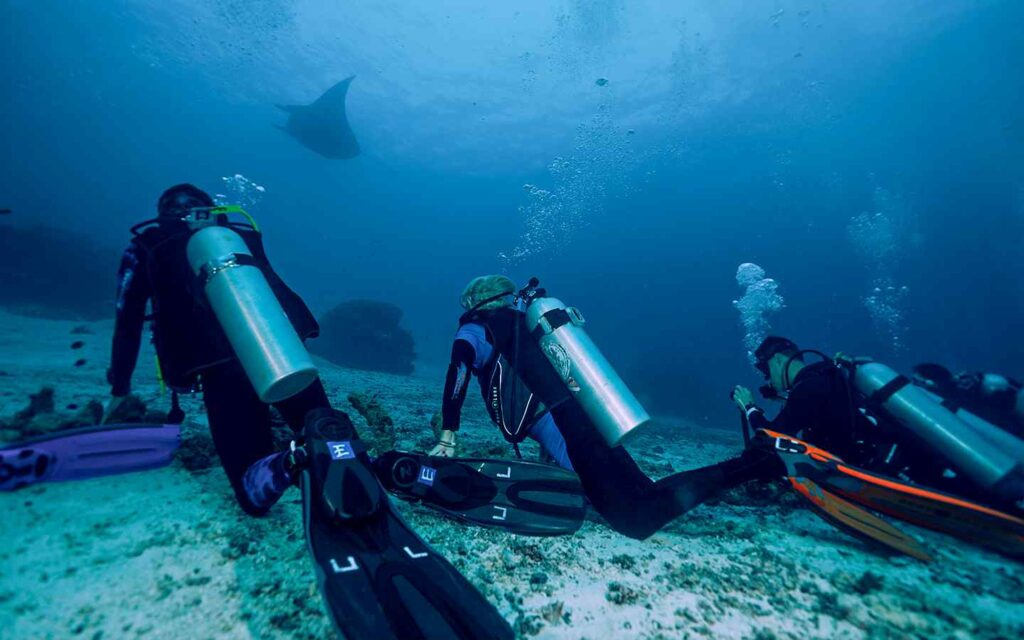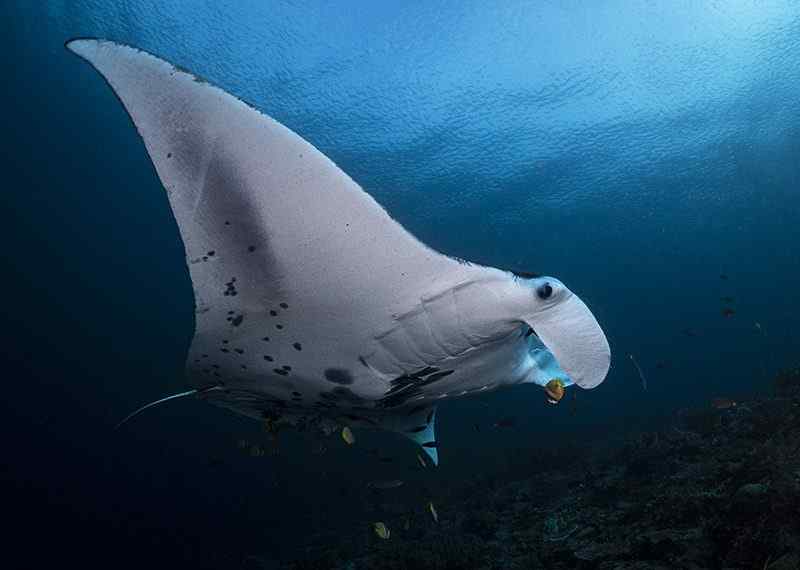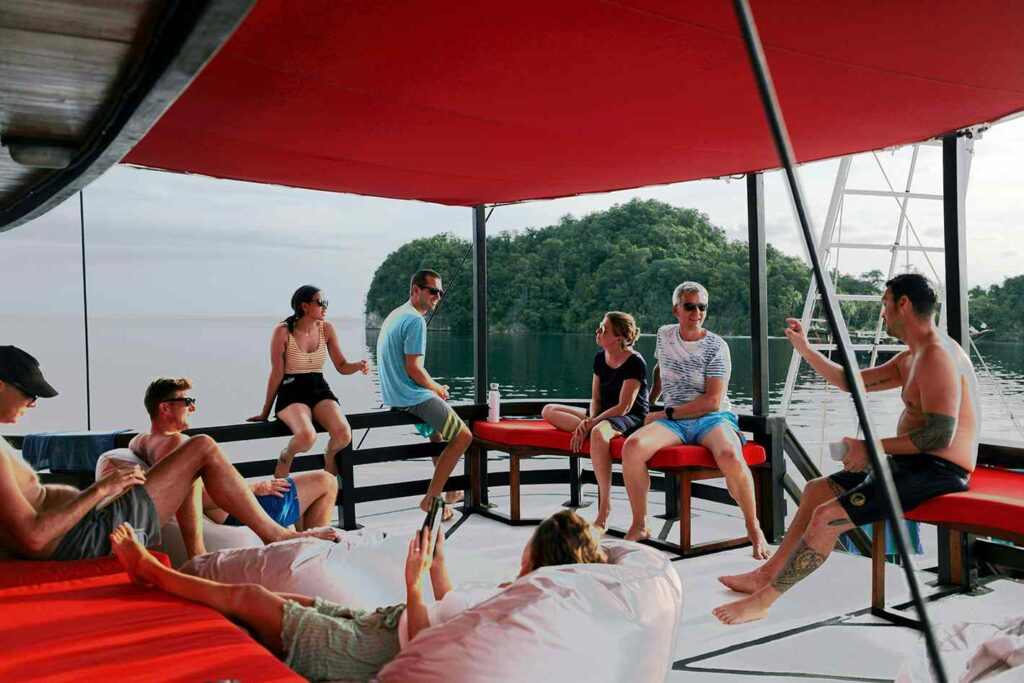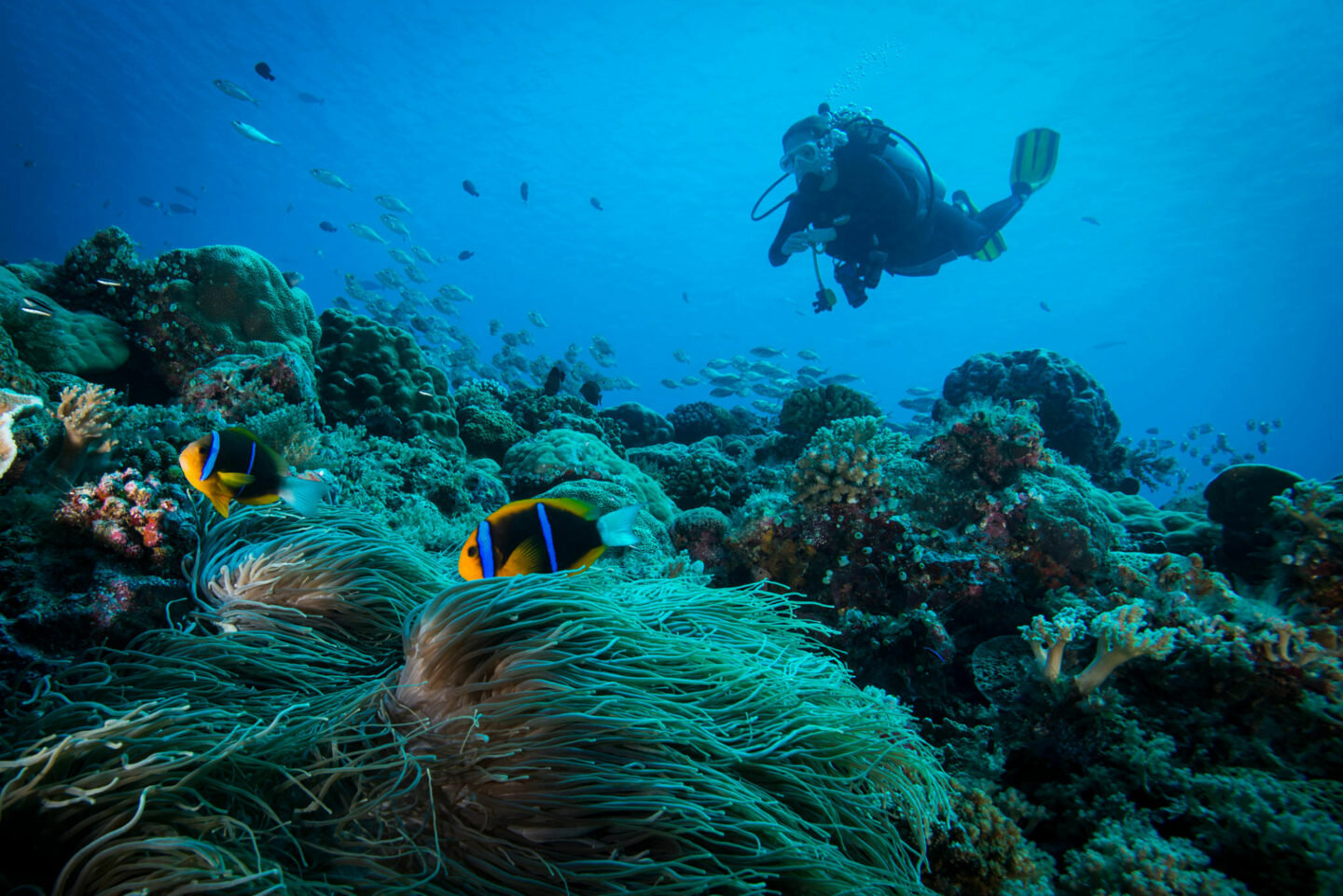Diving Regulators: How They Work, The Types and How to Choose Them
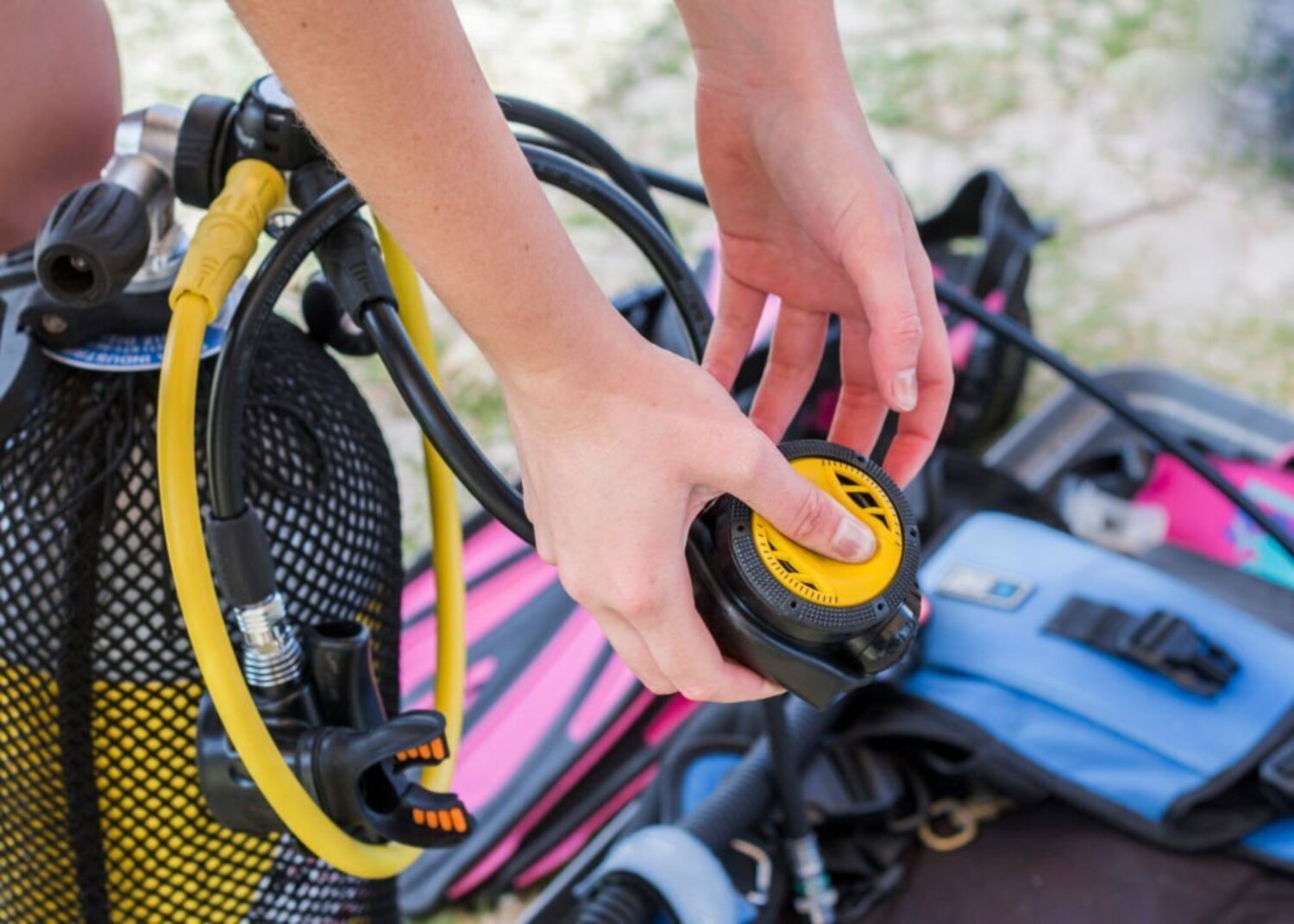
A scuba diving regulator is the device that delivers air to the diver and allows the diver to breathe underwater. Today, all regulators sold in professional dive shops are dependable, and many have fantastic extra features that make diving easier and more enjoyable.
Regulators use two separate “stages” to reduce the high pressure of the air from the tank before delivering it to the diver. Both stages working together allow the diver to receive air at a pressure that is comfortable for breathing. Most modern regulators are of the “single hose” variety, so named because a single hose is used to transport air from the scuba tank to the diver’s mouth, allowing them to breathe easily.
The air flows first through a regulator first stage attached to the scuba tank, then into the regulator’s second stage, which is where the diver breathes. The second stage is equipped with a comfortable mouthpiece that allows the diver to easily breathe from it.
Regulators may appear technical and complicated in cutaway drawings, but all modern first and second stages are actually very sound and straightforward devices, specifically designed to be tough and trustworthy.
How Does A Diving Regulator Work?
When you breathe in on the second stage, you cause a drop in pressure inside the second stage’s body. This causes a specially designed silicone rubber diaphragm to move inward (similar to how the sides of a plastic soda bottle move inward when you inhale).
The diaphragm makes contact with a lever connected to a small valve, which opens, allowing air to enter the mouthpiece. If you only take in a small amount of air, the diaphragm only moves a small amount, and only a small amount of air is released. When you inhale forcefully, the diaphragm and lever move farther, allowing you to take in more air.
Despite the fact that the air in the hose feeding the second stage is at a “intermediate pressure” of around 140 pounds per square inch (PSI), the amount of reserve air available is still impressive: with some regulators, you can “purge” the second stage by pushing in on the diaphragm. So, suffice it to say, the amount of air available at any given time will be greater than what you could possibly use in a typical diving situation.
The first stage, located between the scuba tank valve and the hose feeding the second stage, is in charge of reducing the high-pressure air coming out of the tank to the 140 PSI or so intermediate pressure required by the second stage to function properly.
All modern regulators have one thing in common: dependability. They are built to strict quality standards and are designed to provide air to the diver at all times, as long as there is air in the scuba tank. Even if the regulator has a problem underwater due to a lack of yearly maintenance, the regulator will still deliver air to the diver, though it may “freeflow,” a bit and quickly deplete the air in the tank.
Different Types of Diving Regulators
It’s critical to understand that when it comes to performance, the first stage contains some of the most significant differences in regulator design.
Most first stages are unbalanced or balanced, and have piston or diaphragm designs. These are the definitions of those terms:
Unbalanced
This means that the first stage, in part, uses tank pressure to open or “crack” its internal valving. As the air in the tank depletes, the inhalation effort required to open the valve increases marginally. At shallower depths – say, less than 30 metres (100 feet) – and low workloads, the difference in inhalation effort is so slight that you may not notice it. However, the difference may be noticeable at deeper depths encountered by advanced or technical divers, or under heavy workloads, such as swimming against a strong current.
Balanced
First-stage designs “crack” or open without the assistance of tank pressure, ensuring consistent ease of breathing throughout the dive. The design usually makes such valves a little more expensive, but if you do a lot of deep diving or work hard while diving, the cost difference is worth it, especially when you consider the cost being spread out over hundreds of dives.
Water has weight, so as you go deeper, there is more pressure pushing down on you and your gear (this is why you’ll hear about divers equalising the pressure in their ears – known as “clearing” – and equalising their masks – they’re putting more air into those spaces to compensate for the higher pressure caused by the water). To function properly, the first stage must be capable of “sensing” the pressure, which is where “piston-” and “diaphragm-” first stages come into play.
- The first stage of a piston-type works by allowing water to enter the first stage and press directly on a piston within a sleeve – the greater the depth, the higher the pressure, and the greater the pressure applied directly to the piston mechanism. Because there is only one moving part, this is a great and extremely durable design under most underwater conditions, which is why you’ll see “balanced piston” as part of the specification for so many regulators. Piston regulators have some drawbacks in extremely cold (freezing) or dirty water, but since most recreational diving is done in clear water above freezing, these drawbacks are minor. Manufacturers of piston regulators sell “environmental seal” kits, which encapsulate the piston in a flexible boot filled with a clean and freeze-resistant material (such as inert silicone), allowing the pressure to be transmitted to the mechanism in the same way that water pressure is, while keeping it separate from cold or dirty water. Another option would be to use a different first-stage design.
- The valve-opening mechanism of diaphragm-type first stages consists of two parts: a lever within an air space and a diaphragm that presses in as that air space contracts due to increasing external pressure. This design prevents water from coming into direct contact with the internal mechanism of the first stage, making it suitable for use in dirty or very cold water, as encountered by ice divers and rescue divers on a regular basis. Because the diaphragm design prevents direct contact between the first stage mechanism and the water, these first stage designs are frequently used in diving classes where the regulator is handled with less care.
Second stages can also be balanced or unbalanced (sometimes referred to as “downstream”) in design, and while downstream regulators are common in rental inventories and work great under most recreational diving conditions, the slightly higher investment to buy a balanced second stage can be money well spent if you do a lot of diving or plan to take up specialty diving in which easier breathing effort may be a desirable feature.
ALSO READ : 9 Things That Can Ruin Your Dive Gear
How to Choose Dive Regulator
Choosing the right regulator may appear difficult given the many options available, but it is quite simple if a few simple tips are followed.
A regulator is made up of several parts: the first stage, the main second stage, the octopus, the instruments, and the inflator hose.
It is critical to consider the number of low and high-pressure ports in your first stage based on your needs and the accessories you want to plug into them, such as a dry suit inflator or computer transmitter.
You must therefore be aware of your requirements in order to select the best regulator for you, as you can purchase a complete set or each component separately.
The regulator you choose will be determined by the type of diver you are. There are regulators for every type of diver. People diving in warm waters, for example, may choose a travel regulator, which is designed to be lightweight when travelling by plane.
Coldwater divers will instead use a larger regulator designed specifically to keep them from freezing during their excursions. The EN250A standard ensures that the regulator is of high quality in cold water.
Budget
To purchase your regulator, you must first determine your budget. Before you make that decision, keep in mind that the regulator will be your best friend underwater, and as with many things, a higher price means higher quality. We recommend that you get the best regulator you can afford because a good regulator is a long-term investment. If you take good care of a quality product, it can last you 10 to 20 years or more. Furthermore, a good regulator can accompany you on your diving journey without limiting you if you prefer technical or deep diving over recreational diving.
The complete regulator set can be found for as little as $250 USD depending on the different offers available, and can cost as much as $1000 USD or more depending on the limited series or options you choose. A very good quality all-inclusive package can be had for around $500 USD
Whether a balanced regulator exists or not
The first stage of your regulator’s balance is an important set. Nowadays, most regulators are balanced, and some are even over-balanced for high-end applications.
Instruments
You can also purchase individual parts or customise your set by modifying the included instruments. There are several options for the latter, ranging from single to triple instruments. The most common option will be a pressure gauge on its own. A pressure gauge and a depth gauge or compass will be included in the double console. The final option is the triple console, which combines all three.
The final version is the console, which includes a dive computer. It can be your primary computer or a backup computer.
Octopus (Back Up Regulator)
You can select your backup regulator independently of your first stage and primary regulator. However, it is necessary to have the different parts of the same brand because a mix can result in a loss of guarantee, but the intermediate pressure settings for the first and second stages can be different. To make things easier, there are primary and octopus regulators in the same range.
The most common mistake when purchasing an octopus is purchasing the cheapest regulator available and convincing yourself that you will never use it. However, in the event of an out-of-air situation with your buddy, giving them a regulator that makes it difficult to breathe when they are already in a panic can exacerbate the situation and cause your buddy to throw himself at you and try to grab your primary regulator, causing an additional problem. These issues can be solved by a good octopus.
Enjoy a Diving Trip in Raja Ampat and Komodo with La Galigo Liveaboard
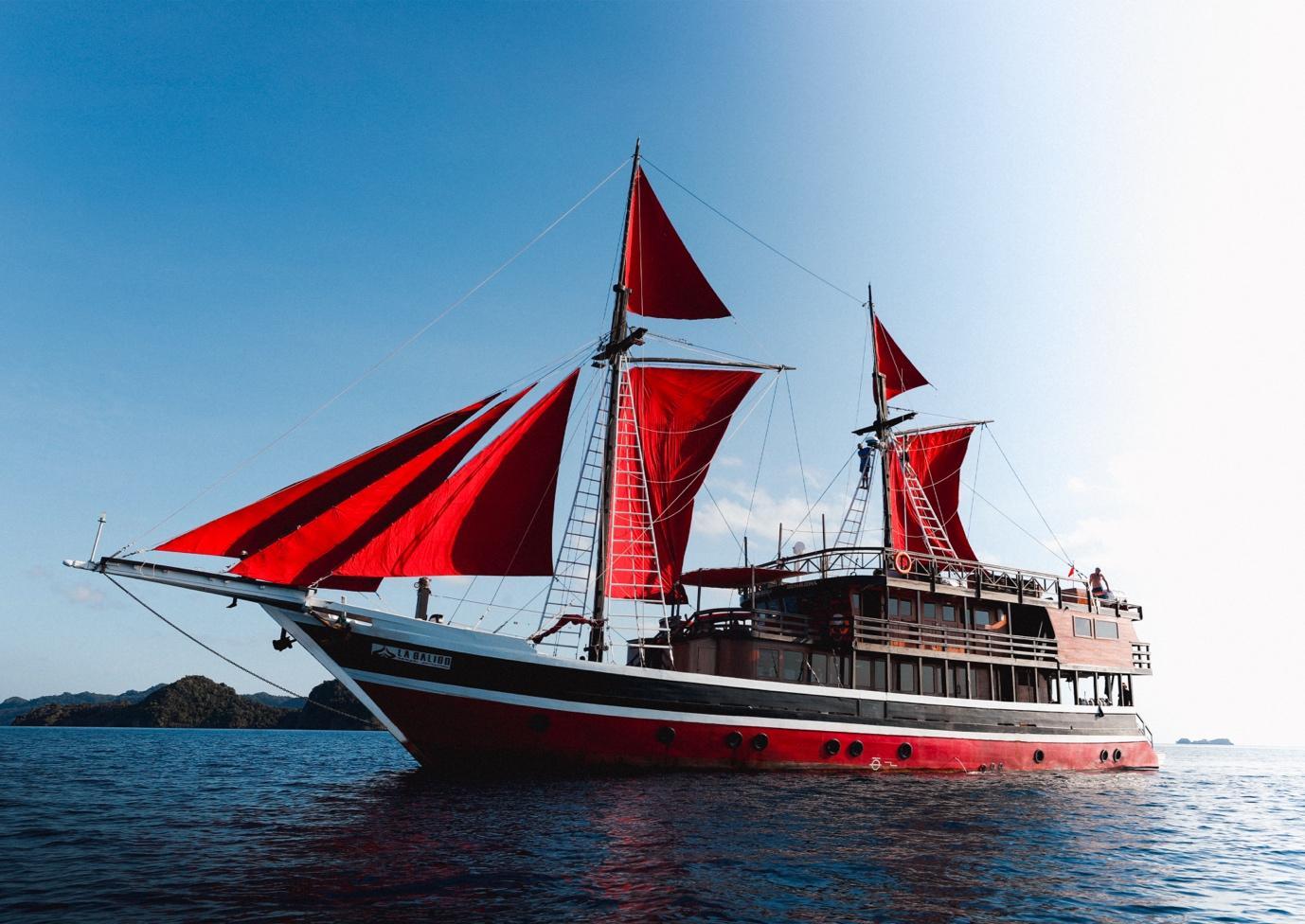
La Galigo is known as one of the best liveaboard diving boats in Raja Ampat Indonesia, and it offers trips to well-known diving destinations such as Komodo and Raja Ampat. The Coral Triangle is located in Indonesia, which has the highest marine biodiversity on the planet.
La Galigo Liveaboard Diving was founded in 2015 by two avid divers who wanted to explore some of Indonesia’s pristine reefs but found that all existing scuba diving options were frequently out of their budget, and wanted to provide an affordable option for everyone to be able to explore these beautiful places.
La Galigo Liveaboard Diving in Raja Ampat & Komodo is a friends and family affair, and our liveaboard diving trips are always focused on fun, safety, guest comfortability, and are exceptional value for money. Our trip prices range from $2,160 for a six-day Komodo liveaboard diving trip to $3,375 for an eight-day Raja Ampat liveaboard diving trip. The price includes four meals a day, diving three to four times a day or snorkelling, and land tours.

